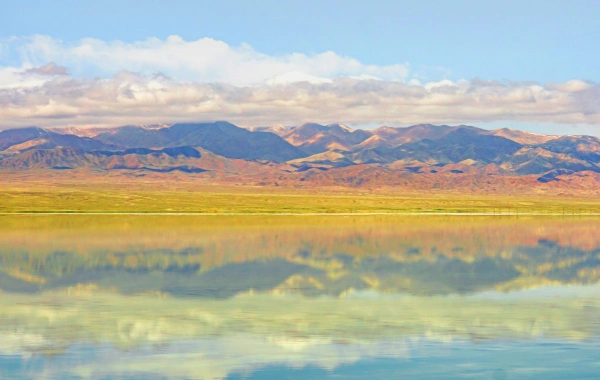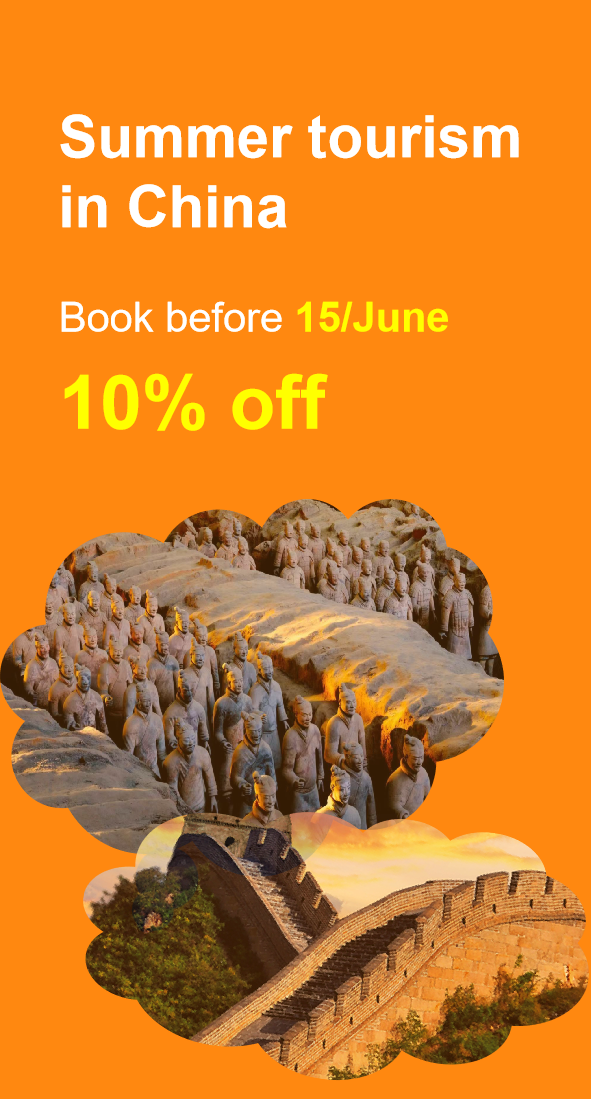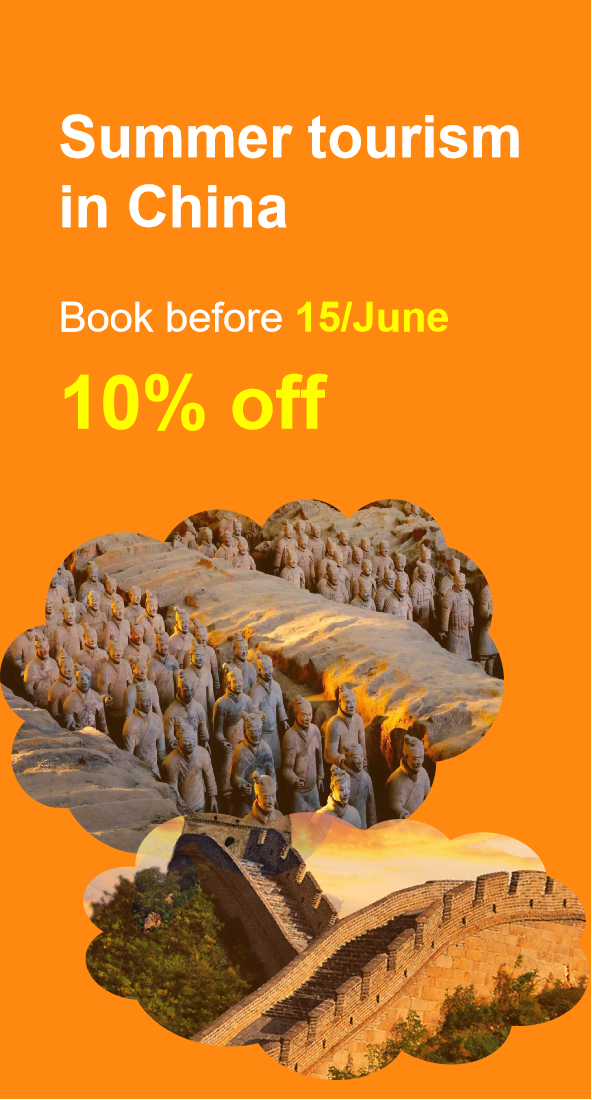This 11-day adventure takes you through the breathtaking landscapes and cultural treasures of northwest China. Starting in Xining, travel across the glittering Chaka Salt Lake, Emerald Lake, and into the vast deserts and ancient grottoes of Dunhuang. Continue to the majestic Jiayuguan Fortress and the technicolor Zhangye Danxia, then pass through the grasslands of Qilian before reaching the shimmering Qinghai Lake and historic Riyue Mountain. This route offers an unforgettable fusion of alpine lakes, deserts, mountains, and Silk Road legends. Perfect for travelers seeking both epic scenery and deep cultural immersion.
Xining--Riyue Mountain--Qinghai Lake--Return to Xining
4+ stars Hotels
In the morning, your driver will pick you up in Xining, the capital city of Qinghai Province, and take you to Riyue Mountain. Historically, Riyue Mountain was a crucial pass along several important routes such as the “Qiangzhong Route,” the “Southern Silk Road,” and the “Ancient Tang-Tubo Road.” During the Northern and Southern Dynasties, when the Hexi Corridor became blocked, the Southern Silk Road—passing through Riyue Mountain, Qinghai Lake, and the Qaidam Basin—emerged as a major artery to the Western Regions. In the Tang Dynasty, the Ancient Tang-Tubo Road connected the northeast to Lhasa via the heart of Hainan Prefecture, becoming a significant cultural and strategic route.
Riyue Mountain has witnessed countless historic events, including alliances, royal marriages, wars, and trade between the Han and Tibetan peoples—particularly the famed tea-salt and tea-horse exchanges. As a strategic gateway to Tibet, the mountain served as a frontier outpost of the central Chinese dynasties from the Han and Wei to the Sui and Tang. Thus, it earned the titles “Barrier of the Western Sea” and “Gateway to the Grasslands.” In the 7th century, it also marked the boundary between the Tang Dynasty and the Tibetan Empire, which was founded by Songtsen Gampo after unifying the Yarlung tribes. The border was established at Chiling (now part of Riyue Mountain).
In the afternoon, you will head to Qinghai Lake, the largest inland saltwater lake in China and one of the highest-altitude lakes in the world. Often called the ‘Blue Jewel of the Plateau,’ it was named China’s most beautiful lake by National Geographic. The Qinghai Lake Scenic Area is divided into six sections: the lake itself, Erlangjian, Bird Island, Sand Island (Golden Beach Bay), Fairy Bay, and Riyue Mountain, with graded protection for each. Highlights include Bird Island, Sand Island, the ancient Silk Road routes, the Tang-Tubo Road, old city ruins, and the former torpedo testing base at Site 151.
According to legend, over a thousand years ago, Princess Wencheng was married off to Songtsen Gampo, ruler of the Tibetan Empire. Before her departure, the Tang Emperor gave her a magical mirror that could show images of her homeland. On her journey, overwhelmed with homesickness, she gazed into the mirror and saw her distant hometown, Chang’an. Moved to tears but reminded of her duty, she threw the mirror away. Where it landed, a golden light flashed—and the mirror turned into Qinghai Lake.
Optional Experiences (at your own expense):
Horseback riding and archery, tasting butter tea, making tsampa, witnessing the Tibetan lake-blessing ceremony, throwing Lungta (colorful wind horse papers) for blessings, riding a traditional leather raft, taking a luxury cruise around the lake, or photographing the rapeseed flower fields (available in July). For more ideas, feel free to contact our consultants at IntoExplore.
Kind Reminder:
Qinghai Lake is located at a high altitude (3,196 meters). Please be cautious of altitude sickness and avoid intense physical activity such as running or long-distance hiking. To minimize risk, avoid bathing on Day 1. Also, bring sun and wind protection.




















